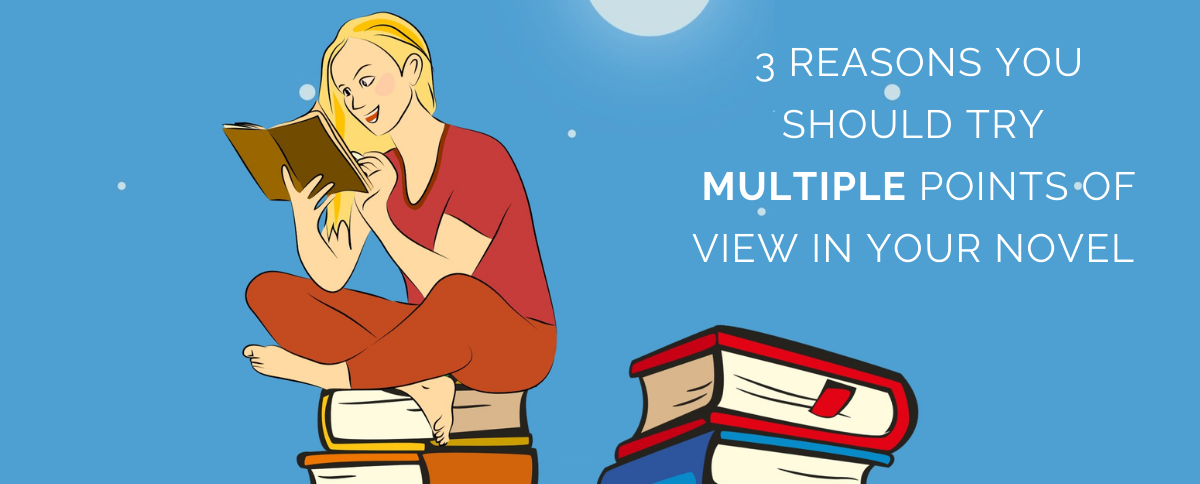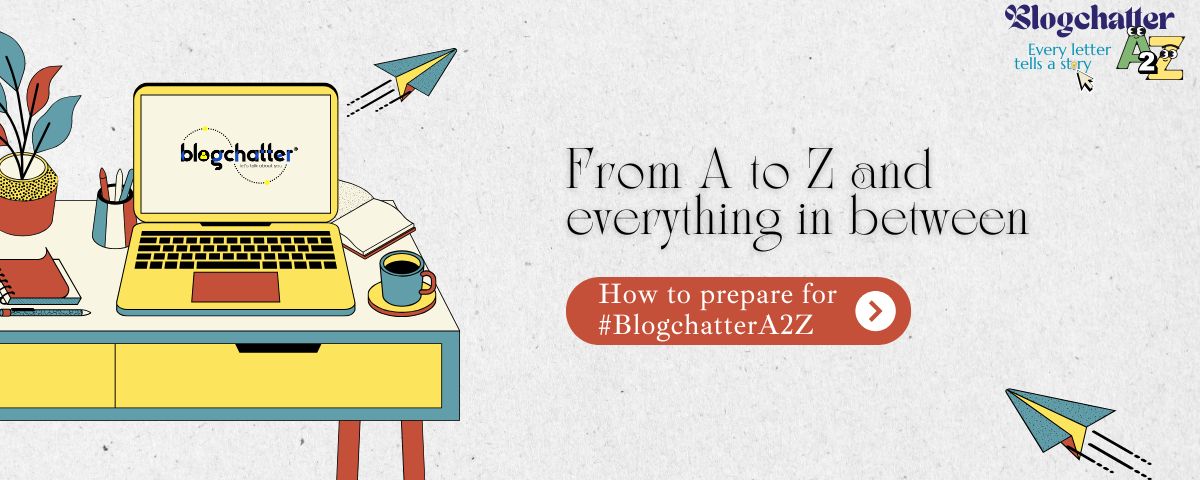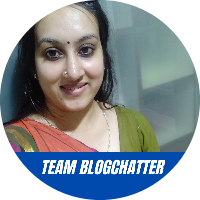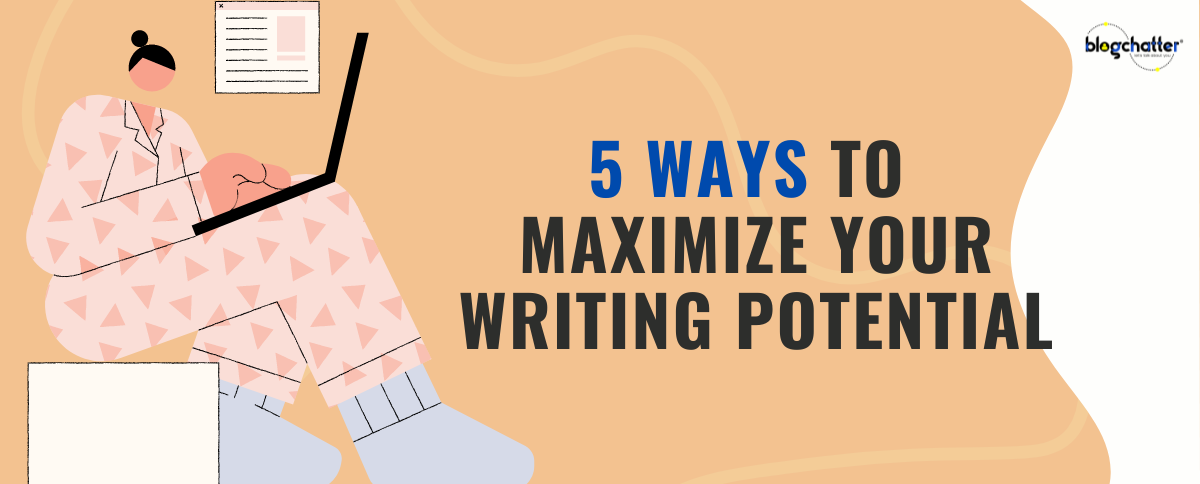Usually, I like books that are told in first person. It makes the read more relatable, helps me connect with the protagonist better. That’s why I chose to write my first book, We Will Meet Again, in first person.
But, writing in first person doesn’t mean you can’t switch the Points of view. The writing process is more evolved than we usually assume it to be. And, as a writer, we need to widen our horizon, to experiment, leaving our apprehension and inhibitions behind.
Here we are going to talk about ‘using multiple points of view’. When I say ‘multiple’ points of view, I don’t mean omniscient point of view. Omniscient PoV scatters the plot, filling it with irrelevant things. You don’t need to tell the story from every point of view. Use only important characters that add something significant to the story, helping it to make progress.
It’s not just about points of view. It’s about perspectives too.
Here I am listing 3 reasons you should try multiple points of view in your novel. Before I start, I must tell you that when opting for multiple points of view, you need to be very careful. If not handled skillfully, it can ruin the execution of your story.
It gives a better idea of the perspectives of important characters.
Their mindset, actions plans are clearer and more relevant, making your readers able to connect with your characters well. And, you succeed as a writer when your readers connect with your characters.
Single point of view restricts the reader’s thought process. They may develop unnecessary premonitions or prejudice out of the vagueness of certain characters. Choosing multiple or maybe dual PoV gives your characters a fair chance to play with the emotions and thoughts of your readers.
Let’s take ‘Me Before You by Jojo Moyes’ as an example. Isn’t repressed emotion of Will Traynor heartbreaking? His hidden feelings, his vexation at his helplessness, though minimal, gave a new depth to the story.
Be careful! You must learn to switch the characters smartly, at the correct time or else you may get repetitive. Rehashing the same scenes from different PoV will bore your readers.
It makes the story more intriguing.
Unpredictability is one of the most important ingredients of a story. Telling your story from multiple points of view makes your plot non-linear. As a writer, you get better chances to enhance the ‘what next’ factor by strong cliffhangers at the correct time. It keeps the tension tight and your readers engaged and curious, as the reader would be waiting for the other characters to appear and share their stories that you have left hanging.
Psychological thrillers often use this form. One of the best examples is ‘The Girl On The Train by Paula Hawkins’. But, not just thrillers, it can make a simple story intriguing if handled well.
Be careful! You must understand where is the peak point for solid cliffhangers so that your readers yearn to get back to this particular point of view. Make sure you don’t give too much away at a time.
Different points of view break the monotony.
No matter how interesting your main protagonist or her/his life story is, hearing the same character for a longer period could be a little monotonous. Different perspectives always interest readers as the world of story becomes wider for them. Every character deals with different troubles and goals. Change of voice can be a refreshing change, offering the readers a diverse read.
Be careful! Always keep this in mind that every character must sound different and easily recognizable.
That’s all for now, however before I leave you with these thoughts, I’d like to add a few questions. Have you tried writing from multiple points of view? As a reader, do you enjoy reading stories told in multiple points of view? Are you writing a book? Which Point of view are you using?






